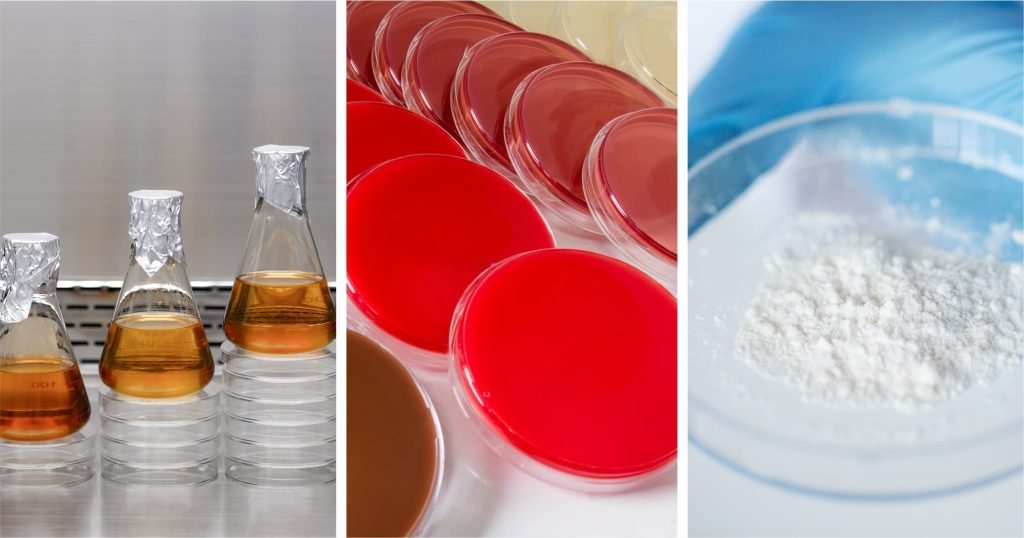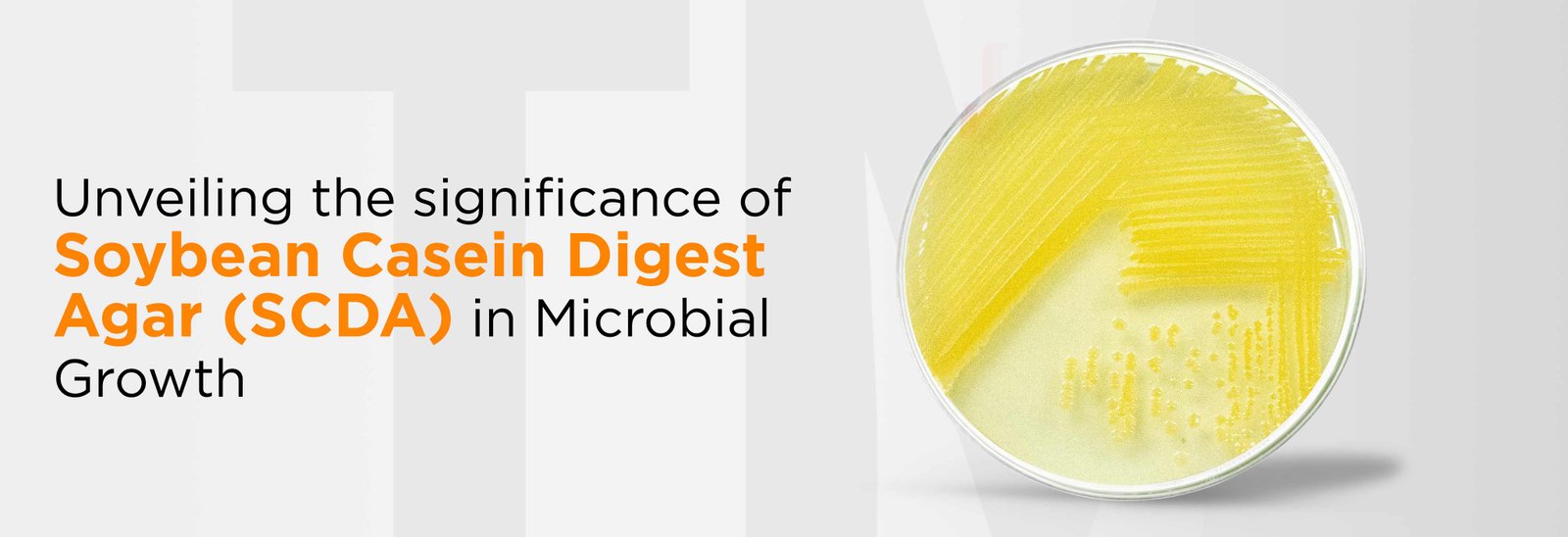

As a proud manufacturer of a diverse range of high-quality laboratory products, including Dehydrated Culture Media, Ready-to-Use Media Plates, Ready-to-Use Media Bottles, and Biological Media Bases, we are dedicated to delivering excellence in every aspect. Our state-of-the-art manufacturing facility holds certifications in ISO 9001:2015, ISO 13485:2016, and GMP, ensuring strict adherence to international standards and regulations for unparalleled quality and safety. We prioritize the highest level of precision by following rigorous quality control procedures and subjecting our products to stringent testing. However, we understand that unexpected challenges may arise during product usage. That’s why we have prepared this comprehensive troubleshooting guide to help you overcome common issues and ensure optimal performance.
Issue 1: Clumping or Agglomeration of Dehydrated Media
If you encounter clumping or agglomeration of Dehydrated Culture Media, it is likely due to moisture exposure or improper storage. To address this issue:
1. Discard any clumps or agglomerated media to ensure accurate and reliable results.
2. Store Dehydrated Culture Media in a cool, dry place, following proper storage guidelines.
3. Always use fresh Dehydrated Culture Media for the best outcomes.
Issue 2: Media Not Dissolving Properly
Inadequate mixing or improper water temperature can hinder the proper dissolution of Dehydrated Culture Media. Here’s how you can resolve this problem:
1. Follow the instructions provided for media preparation, ensuring that you adhere to the recommended guidelines.
2. Thoroughly mix the media and water using a sterile magnetic stirrer or vortex mixer, ensuring complete homogeneity.
3. Pay attention to the water temperature, as specific media may require precise temperature conditions for proper dissolution.
Issue 3: Media Contamination
Contamination can compromise the integrity of Dehydrated Culture Media. To mitigate this risk:
1. Sterilize all equipment, including containers, measuring tools, and water used for media preparation, to maintain aseptic conditions.
2. Practice proper aseptic technique, such as working in a laminar flow hood or sterile environment, to minimize the introduction of contaminants.
3. Monitor the media for any signs of contamination, such as discoloration, growth, or off-odours, and discard any contaminated media promptly.
Issue 1: Dry or Cracked Media Surface
Dry or cracked media surfaces on Ready-to-Use Plates can occur due to insufficient moisture during storage. Follow these steps to overcome this challenge:
1. Ensure proper storage conditions, including temperature and humidity, to maintain the moisture content of the plates.
2. Store plates in a sealed bag or container to prevent excessive moisture loss or exposure to external elements.
3. If the plates are already dry or cracked, discard them and use fresh ones to ensure accurate and reliable results.
Issue 2: Contamination on the Media Surface
If you encounter contamination on the media surface of Ready-to-Use Plates, improper storage, handling, or aseptic technique could be the cause. Here’s what you can do to address this issue:
1. Store plates in a sterile environment, away from potential sources of contamination, to maintain their integrity.
2. Follow proper aseptic techniques during handling, avoiding direct contact with the media surface, to minimize the risk of contamination.
3. Regularly inspect the plates for any signs of contamination, and promptly discard any contaminated plates to ensure reliable results.
Issue 1: Media pH Deviation
Deviation in media pH can occur due to contamination, exposure to air, or improper storage. To tackle this issue:
1. Ensure that media bottles are properly sealed and stored under appropriate conditions to maintain their pH stability.
2. Check the expiration date on the media bottles and use them within the specified period to ensure optimal performance.
3. Perform pH testing of the media before use, following standard protocols, and discard any bottles with deviated pH values to maintain the accuracy of your experiments.
Issue 2: Mould Growth or Contamination
The growth of mould or contamination in Ready-to-Use Media Bottles can be attributed to improper storage or contamination during handling. To resolve this problem:
1. Store our media bottles in a cool and dry place, away from direct light, to prevent the growth of mould or other contaminants.
2. Follow proper aseptic techniques during handling, ensuring that you minimize the introduction of contaminants into the bottles.
3. Prior to use, visually inspect the media for any signs of contamination, such as visible growth or unusual discoloration, and discard any bottles showing such signs to maintain the integrity of your experiments.
Issue 1: Precipitation or Crystallization
If you encounter precipitation or crystallization in Biological Media Bases, it is likely due to improper dissolution or a reaction with other components. Here’s what you can do to address this issue:
1. Follow the instructions provided for media preparation, ensuring that you carefully follow the recommended protocols.
2. Ensure thorough mixing and proper dissolution of the Biological Media Base to prevent the occurrence of precipitation or crystallization.
3. If precipitation or crystallization occurs, it is recommended to discard the media and prepare a fresh batch to ensure accurate and reliable results.
Issue 2: Growth Inhibition or Poor Performance
Growth inhibition or poor performance of Biological Media Bases can be caused by contaminated components, incorrect ratios of components, or expired materials. To overcome this challenge:
1. Ensure that all components used in the media base are sterile and free from contaminants, following proper sterilization protocols.
2. Double-check the ratios of components to ensure accuracy, as deviations can affect the performance of the media base.
3. Take note of the expiration dates of the materials used and avoid using expired components to maintain the efficacy of the media base.
Should you have any further questions or require additional assistance, please do not hesitate to reach out to our dedicated customer support team. We are here to ensure your success and satisfaction with our products.

The specter of antimicrobial resistance (AMR) hangs over modern medicine. Antibiotics – once a miracle are losing their power as...
Read More
We are thrilled to announce that TM Media has been recognized as the LeadingBiotechnology Company at the prestigious 6th Elets...
Read More
Think of a field as a big garden where tiny superheroes, called microbes, work behind the scenes. They’re not just...
Read More
Maintaining the highest standards of quality and safety is paramount in pharmaceutical manufacturing. Strict adherence to current good manufacturing practices...
Read More
Potato Dextrose Agar (PDA) is a widely utilized medium in microbiology, specifically designed for the isolation and enumeration of yeasts...
Read More
In the complicated world of microbiology, where precision and reliability are of utmost importance, Soybean Casein Digest Agar (SCDA) stands...
Read More